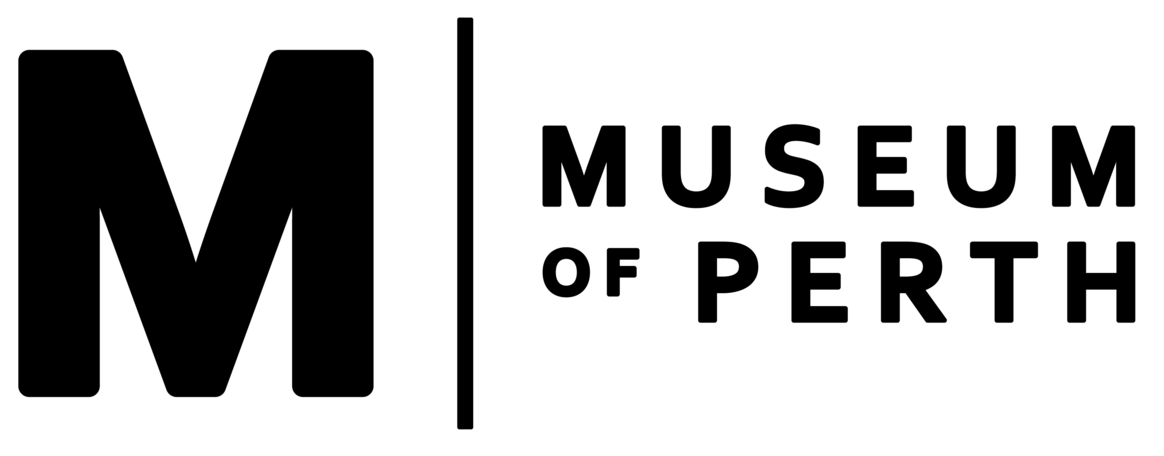Joorolup
Jooroolup/Jooralup
Description & Location
Joorolup is the name given to the shoreline south of Matta Gerup, extending from the Causeway Bridge in a westerly direction towards the present-day South Perth Boatshed.
Joorolup was known as the ‘place of the jarrahs’, extending from the Noongar root word for the jarrah tree, djaraly. This indicates that the area may have been part of a jarrah forest along the Swan River coast.
The jarrah tree offered Noongar people an array of items from its various parts. Noongar people traditionally used branches and roots from the jarrah tree to make tools, such as boorndoorn (spears) and wanna (digging sticks). They also used jarrah leaves for bedding and jarrah wood as roofing for shelters, as it was, and still is, renowned for its durability and resistance to rot.
This jarrah area would have been maintained by Noongar firing regimes that cycled nutrients for the trees, killed leaf miners and burned off scrub. The resulting site would have resulted in a tidy, green-carpeted forest of jarrahs, similar to a well-manicured landscape garden.
References
Aboriginal Perth (1929, July 4). Western Mail, p. 70 (The Western Mail Centenary Number). Retrieved from http://nla.gov.au/nla.news-article38887581.
Bates, D. Manuscript 365/4/174, Notebook 20, p. 57.
Bates, D. Manuscript 365/4/178, Notebook 20, p.57a.
Hansen, V., & Horsfall, J. (2016). Noongar Bush Medicine; Medicinal plants of the South-West of Western Australia. Perth, WA: UWA Publishing, p. 94-95
Perth NRM. (2015, December). Traditional Ecological Knowledge from the Perth Region, p. 5. Retrieved from https://www.perthnrm.com/wp-content/uploads/2016/09/Traditonal-Ecological-Knowledge-By-Noongar-Names-Jan-2016.pdf
Rebbeck. J. (2018). Noongar Firing Regimes. (Unpublished paper).
Western Mail, (1909, 25 December), p. 16-17.
View of Joorolup in the background taken from Mardalup, State Library of Western Australia, 6923B/71

